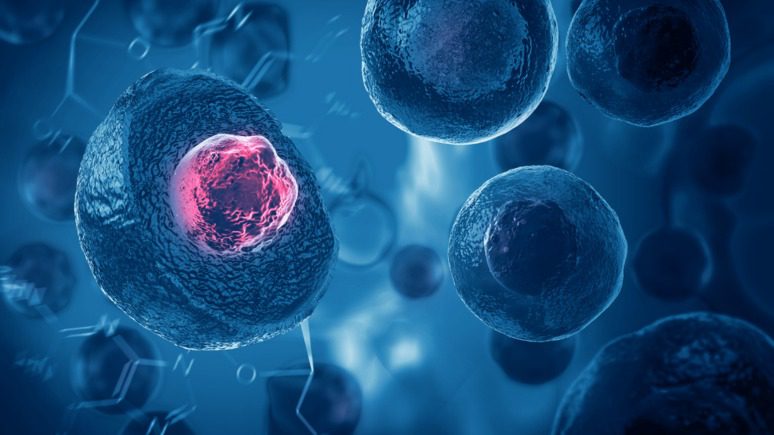General


December 17, 2021








0






0
Epigenetic Clocks – What are they?
By AGE2B team
Epigenetic clocks are the gold standard when it comes to measuring biological age, but what are they really? How do we measure age? This question is not as easy as it appears. There’s a lot of talk about clocks in aging research, which may seem unusual if you aren’t familiar with the field. Chronological age […]
Read more


December 14, 2021








0






0
Why we age: Genomic Instability
By AGE2B team
We take a look at genomic instability, also known as genetic instability or genome instability. What is Genomic instability? As described in the Hallmarks of Aging [1], genomic instability is the result of damage to our DNA that is not repaired. This is one of the nine proposed reasons we age, and it leads to genetic mutations and […]
Read more


December 14, 2021








0






0
Why we age: Epigenetic Alterations
By AGE2B team
Epigenetic alterations, as described in the Hallmarks of Aging [1], are age-related changes in gene expression that harm the fundamental functions of cells and increase the risk of cancer and other age-related diseases. What are epigenetic alterations? One of the proposed reasons we age is the changes to gene expression that our cells experience as we get older; these […]
Read more


December 14, 2021








0






0
Why we age: Deregulated Nutrient Sensing
By AGE2B team
As described in the Hallmarks of Aging [1], the four pathways of nutrient-sensing regulate metabolism and influence aging. The four associated key protein groups are IGF-1, mTOR, sirtuins, and AMPK. We call these proteins “nutrient-sensing” because nutrient levels influence their activity. Deregulated nutrient sensing is one of the nine reasons we age. IGF-1 and the IIS pathway Insulin-like […]
Read more


December 14, 2021








0






0
Why we age: Cellular Senescence
By AGE2B team
The Hallmarks of Aging [1] describes dysfunctional senescent cells, which promote chronic inflammation, support the onset of various age-related diseases, and encourage other nearby healthy cells to become senescent too. This is thought to be one of the nine reasons we age and therefore, targeting these cells has become a priority of the rejuvenation biotechnology industry. What are senescent […]
Read more









